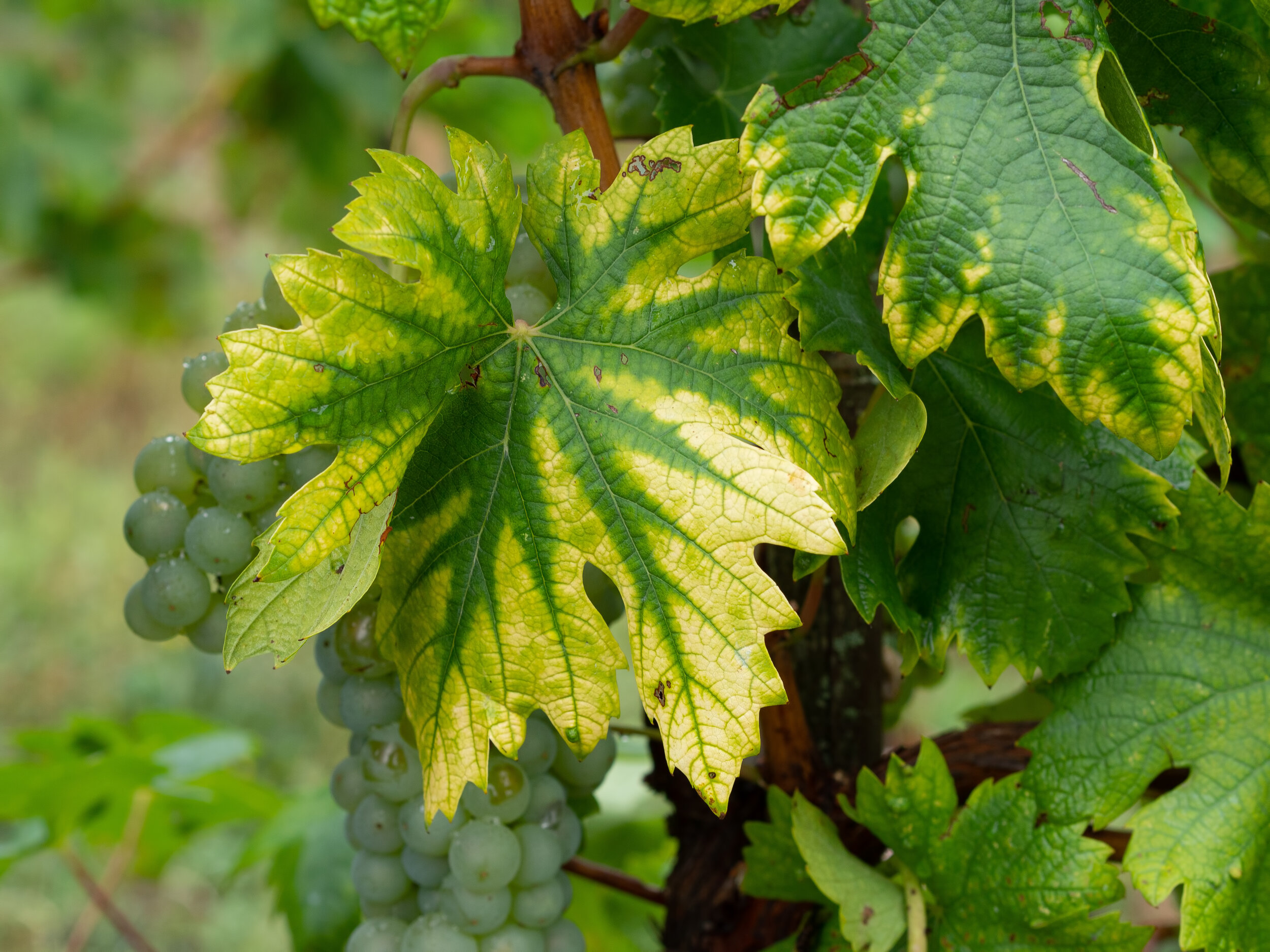Chlorosis is, simply put, the yellowing of a plant’s leaves. It can be caused by a few different things, including nutrient deficiency, poor drainage, damaged roots etc.
WHAT IS CHLOROSIS?
Chlorosis is caused by a lack of chlorophyll pigment in leaf tissue. Chlorophyll is what makes your plant’s leaves green. Therefore, when chlorosis occurs, the leaf tissue becomes yellow instead. It typically is seen first on younger leaves before progressing to older leaves.
This is commonly caused by a nutritional deficiency - usually iron, zinc or manganese - as a consequence of receiving too little fertilizer , or perhaps, using the wrong type of fertilizer for your plant. For instance, having an incorrect balance of nutrients can actually prevent uptake entirely, meaning that although the necessary nutrients may be there in the soil, they are not available for the plant to use. A soil or water with the wrong pH-level for your plant can also inhibit nutrient uptake and create chlorosis.
Possible causes of chlorosis:
Nutrient deficiency
Root related issues (compacted soil, overwatering)
Incorrect pH-level of the soil or water
Periods of unusually hot weather

WHAT TO DO NOW
If your plant is exhibiting chlorosis, you should first check to make sure that the issue isn’t being caused by some other problem. Yellowing of leaves can also occur as a consequence of watering related stress, for example, overwatering or underwatering. Check that your plant isn’t suffering from additional symptoms related to one of these issues.
Once you’re confident that nutrient deficiency is the cause of your plant’s chlorosis, you’ll need to give your plant some time to recover. If it is showing significant leaf damage, you may wish to remove the affected material - just make sure not to remove too much! Try not to remove more than 1 /3 of a plant's foliage or branches when pruning.
As a general rule, you should try to act preventatively to ensure that this doesn’t happen again:
Follow Planta's fertilizing schedule to make sure your plant gets fertilized as needed
When fertilizing, make sure you are using a product that is suited for your plant - you can find more info on what type to use on the ‘Info’ tab on your Plant’s profile page. An all around general fertilizer works for most plants, but ericaceous plants need fertilizer adapted to acidic environments, for example.
Some plants don’t require any fertilizing in the traditional sense at all; as it can actually cause more damage to try and fertilize these plants. This mainly affects carnivorous plant species.
Use the recommended amount of fertilizer - often specified in the instructions on the package. It can be easy to accidentally use too much, but this can be very harsh on your plant, and can actually burn the roots. Therefore, it’s important to dilute your fertilizer in a sufficient amount of water - never ever apply liquid fertilizer directly to a plant.